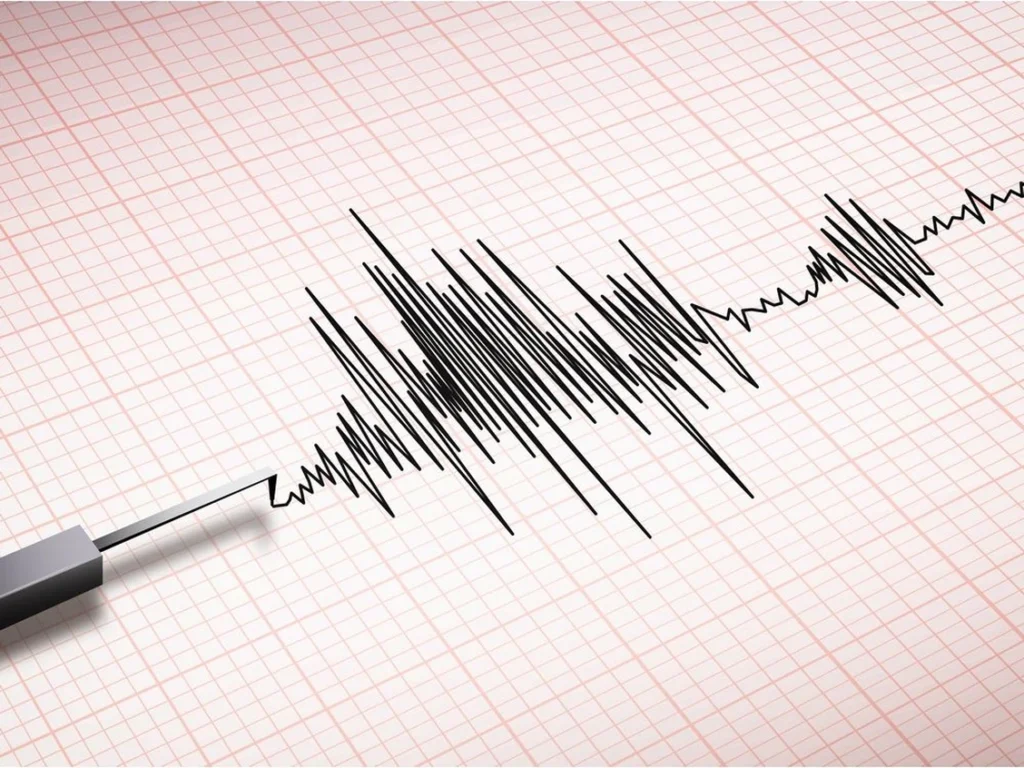A 4.7 magnitude earthquake struck northeast of Sechelt on Friday afternoon, shaking homes and buildings across southwestern British Columbia. Originally reported as a 5.1 magnitude quake, Natural Resources Canada later revised it to 4.7.
John Cassidy, a senior research scientist at Natural Resources Canada, said the earthquake lasted about 10 seconds. Because it was shallow, there is a possibility of aftershocks in the region.
The quake occurred shortly after 1:30 p.m. at a depth of one kilometre. Residents described the tremor as light, and no immediate damage or injuries were reported. The National Tsunami Warning Centre confirmed there was no tsunami threat.
The epicenter was located in an unpopulated mountainous area within Tetrahedron Provincial Park on the Sunshine Coast. Natural Resources Canada sent automated alerts to people near the epicenter, advising them to drop, cover, and hold on during shaking and then wait for 60 seconds until it stopped.
Schools across the region immediately put their earthquake drills into practice. At Handsworth Secondary School in North Vancouver, students felt the building sway and took cover under tables. The North Vancouver school district confirmed that all students and staff were safe with no injuries or damage reported.
Similarly, Aspenwood Elementary in Port Moody had an assembly in its gymnasium, one of the school’s designated meeting areas. The principal assured parents that all children were safe and unharmed.
The Horseshoe Bay ferry terminal was temporarily evacuated as a precaution so staff could inspect elevated structures. After inspections, operations resumed, though some sailings were slightly delayed.
Sechelt Mayor John Henderson said he had not received reports of any damage. “We heard a loud boom and then shaking started. I’ve been checking with residents, and so far everything is stable,” he said.
Experts emphasize the importance of emergency preparedness. Residents are advised to have a plan, keep emergency kits at home, work, and in vehicles, and be ready for potential aftershocks. Kits should include essential items such as identification, medications, eyeglasses, cash, chargers, food, water, and a flashlight. It is recommended that households have enough supplies to last at least seven days.
The Sunshine Coast Regional District is monitoring the situation closely and is in contact with emergency responders. Officials continue to advise residents in affected areas to remain cautious and prepared.
Residents reported feeling the tremor beyond Sechelt. Vancouver city councillor Rebecca Bligh described the experience in an older office building as “very unnerving,” stressing that even minor seismic events highlight the need for preparation.
On Vancouver Island, the shaking was noticeable as well. In Nanaimo, Jennifer Moretti compared the quake to a “big truck going by.” Near Sooke, Autumn Maxwell said her house rattled and windows moved as the tremor passed through.
Historically, the region has experienced significant earthquakes, including a 7.4 magnitude quake in 1872 and a 7.3 magnitude quake in 1946. Natural Resources Canada reports that there have been at least eight earthquakes over a 5-magnitude in this area.
This recent Sechelt earthquake serves as a reminder for all residents to stay informed, practice earthquake drills, and maintain readiness for emergencies. While no immediate threats were reported, officials continue to monitor conditions and update the public as necessary.

